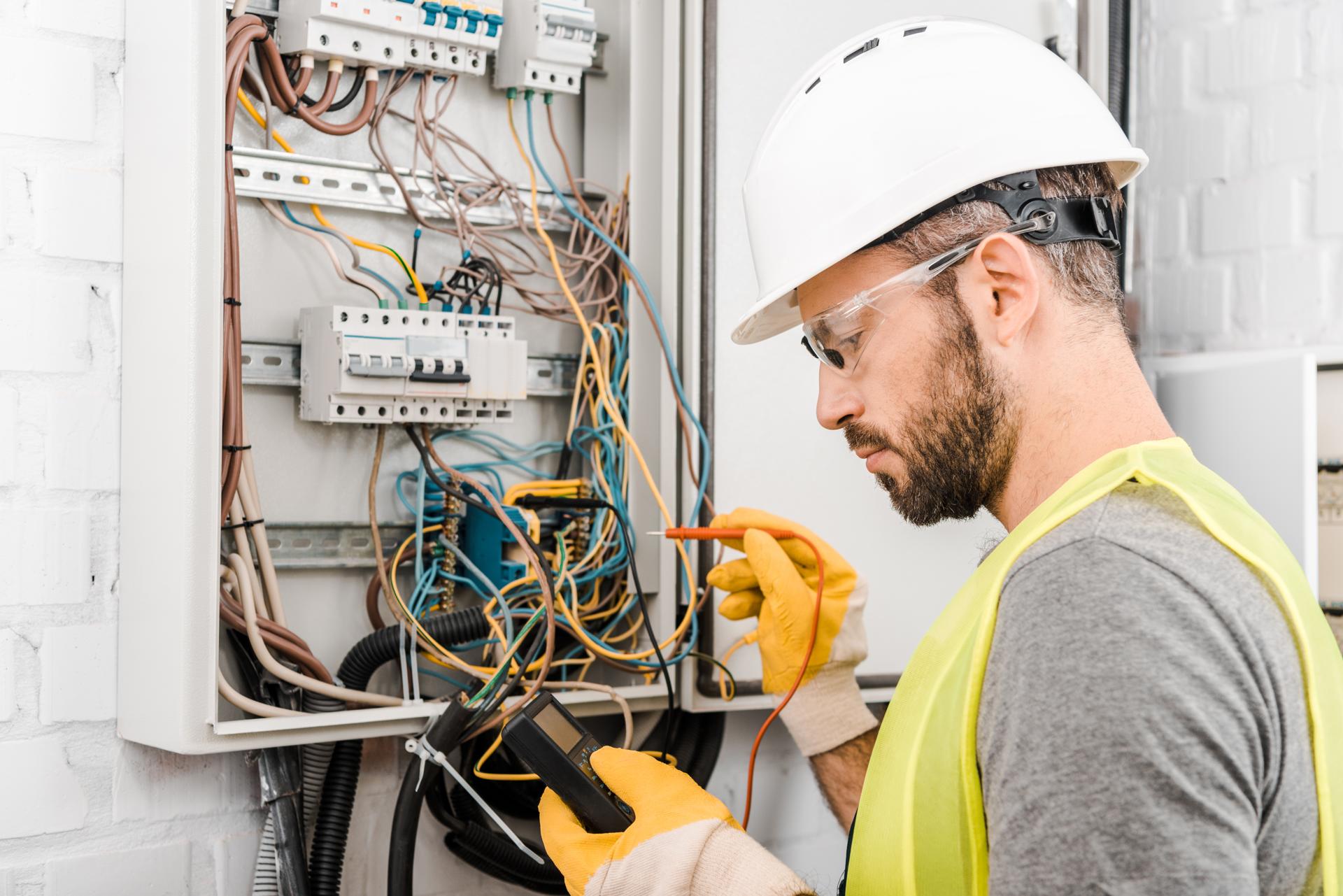What You Need to Know About Electrical Wiring in Your Home: An Overview

Electricity is an essential component of our everyday lives, supplying everything from the lights in our houses to devices we use every day. But electricity systems are a bit complicated knowing how they function can be difficult. In this guide we’ll breakdown the elements that make up an electric system and explain how circuits work to power devices and appliances. Our residential electricians can handle any electrical jobs you need.
Components of an Electrical System
A home’s electrical system includes a number of essential components that work to deliver power throughout homes. These include:
Breaker box: the central distribution point for electrical power in homes, where the electricity is divided into different circuits
Outlets and switches: the places where electricity is delivered to appliances and devices
Wiring: the wires that carry electric current from the box, to the outlets and switches
Electrical appliances and devices: the devices and appliances that use electricity to function
Electrical Circuits
A circuit of electricity is a path which allows electricity to flow from the main source (the breakers box) to the devices and appliances in a home. There are two kinds of electrical circuits found in homes that are 120-volt and circuits with 240-volt voltage. 120-volt circuits are utilized to power most household appliances and appliances, while 240-volt circuits are used for larger appliances such as air conditioners and electric dryers.
Electrical circuits function by creating an electrical loop that allows power to be transferred from the source to the appliance or device. The loop is comprised of a hot cable that transports the power and a neutral wire which completes the circuit as well as a ground wire that provides the pathway for electricity to travel to the ground in case of a fault.
Understanding the electrical Wiring
Electrical wiring is available in many kinds, such as non-metallic sheathed cable (NM) as well as armored cables (AC), and conduit. Each has its advantages and disadvantages and the selection of the wiring type is contingent upon the particular requirements of the installation.
Wiring conducts electricity through the creation of electrons through the wire. Electrons move between the origin and the device or appliance returning to the source via the neutral wire. It is crucial to make sure that the wiring is installed and maintained properly, since defective wiring could lead to electrical hazards such as shocks or fires.
Common Electrical Problems
The most frequent electrical problems found that homeowners face include tripping the breakers, flickering lights, and electrical outlets that are not working. The causes of these issues could be due to a variety of reasons such as overloading circuits loose connections, and faulty wiring.
If you experience any of these issues it is essential to determine the root cause and take actions to rectify the issue. In some instances this could mean contacting an authorized electrician to examine and fix the wiring.
Concluding and Call to Action
In the end, knowing the way electrical wiring functions is crucial for ensuring the safety and reliability of your home’s electrical system. By adhering to the guidelines laid out in this article to stay secure and stay clear of potential dangers.
Should you ever have questions or concerns regarding the electrical system in your home do not hesitate to call Residential Electrician Adelaide. Our team of licensed electricians has the expertise and experience to handle all your electrical requirements. Contact us at 0488 822 772 to schedule a consultation.
FAQ
What are the indicators of faulty electrical wiring?
Signs of defective electrical wiring may include tripping breakers flashing lights, and electrical outlets that are not working, for example.
What is the best time to schedule the electrical system of my house checked?
It is recommended to ensure that your electrical system is examined by a licensed electrician every 10 years.
What is the life expectancy for electrical wires?
The lifespan of electrical wiring is dependent on many factors, such as the kind of wiring used, the environment it’s installed in, and the standard of the installation. The majority of electrical wiring can last as long as 30-years or longer with the proper installation and maintenance.
Can I fix electrical problems myself , or do I need to employ an electrician?
While some electrical problems can be solved by homeowners, it is advised that you employ an experienced electrician to complete most electrical repairs. Making attempts to fix electrical problems without the proper education and knowledge can be risky and can result in injury or damage in your house.
What do I do if experience an electrical emergency within my home?
In the event of an electrical emergency, the first step is to turn off the power to the affected area by shutting off the breaker or fuse. Then, contact an authorized electrician to examine and fix the issue as soon as you can.
By following these guidelines, you can ensure the security and reliability of the electrical system in your home and reduce potential hazards. Remember, when it comes to electrical repairs or installations, it’s best to trust the experts. Call Residential Electrician Adelaide at 0488 822 772 for all your electrical needs.
